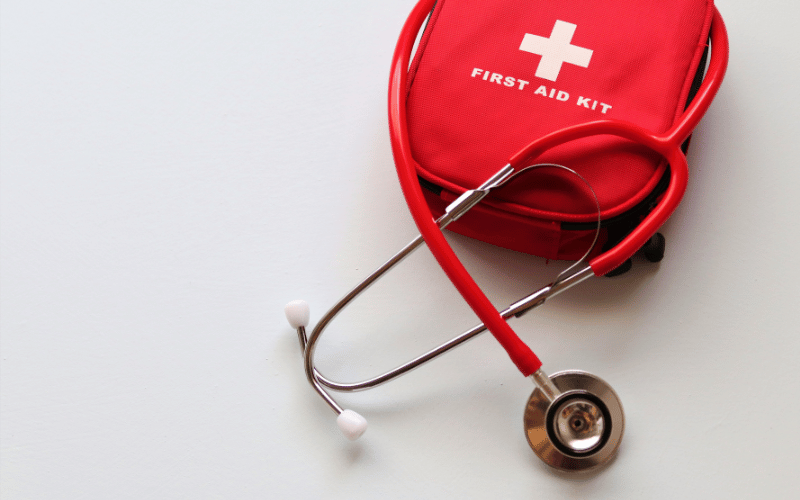Fact 5: Mapping Out Treatment – Addressing the Underlying Issue

Treating cholestasis effectively hinges on addressing its underlying cause. The treatment plan is tailored to the individual’s specific condition and may involve a combination of medications, lifestyle changes, and in some cases, surgical interventions. When cholestasis is caused by a blockage in the bile ducts, procedures to remove the obstruction are often necessary. This could involve surgery or less invasive procedures like endoscopic retrograde cholangiopancreatography (ERCP), where instruments are passed through an endoscope to clear the bile ducts.
If medication is identified as the culprit, discontinuing or changing the problematic drug can lead to a resolution of symptoms. In cases where liver disease is the underlying cause, managing the liver condition becomes the primary focus of treatment.
Medications may be prescribed to improve bile flow and alleviate symptoms. Ursodeoxycholic acid is commonly used for this purpose, particularly in cases of intrahepatic cholestasis of pregnancy. Other medications may target itching and discomfort.
Lifestyle changes play a crucial role in managing cholestasis. Adopting a liver-friendly diet, engaging in regular exercise, and avoiding alcohol and other liver-damaging substances can contribute to improved liver function and overall health.
Crafting an effective treatment plan for cholestasis requires a nuanced understanding of the condition and its underlying causes. By addressing these factors head-on, individuals can embark on a path toward relief and recovery, fostering a healthier liver and improved wellbeing. (5)